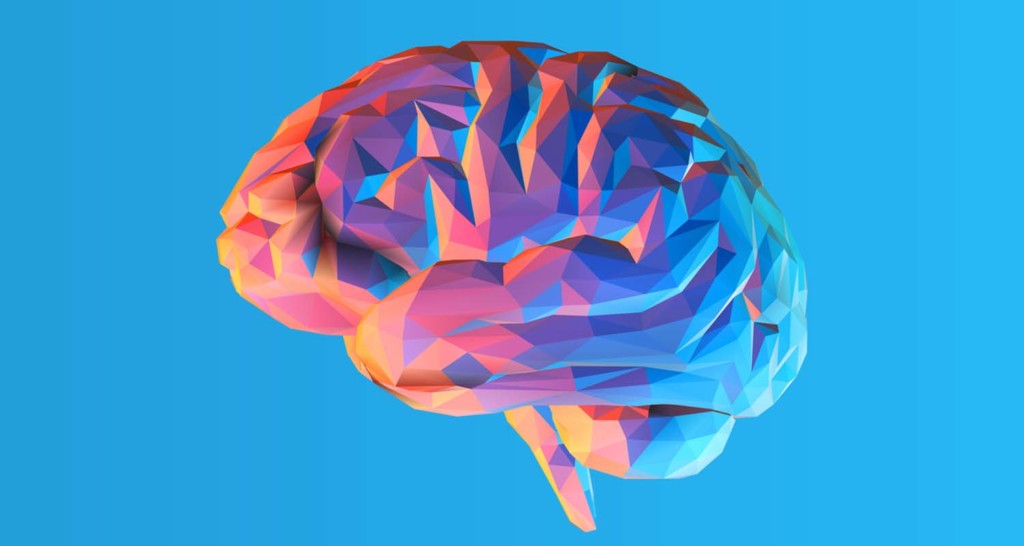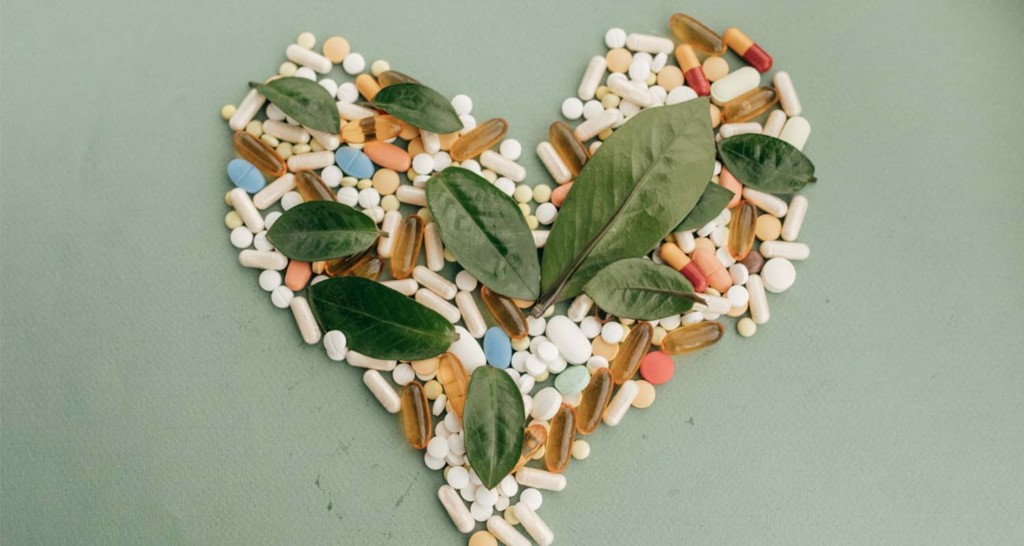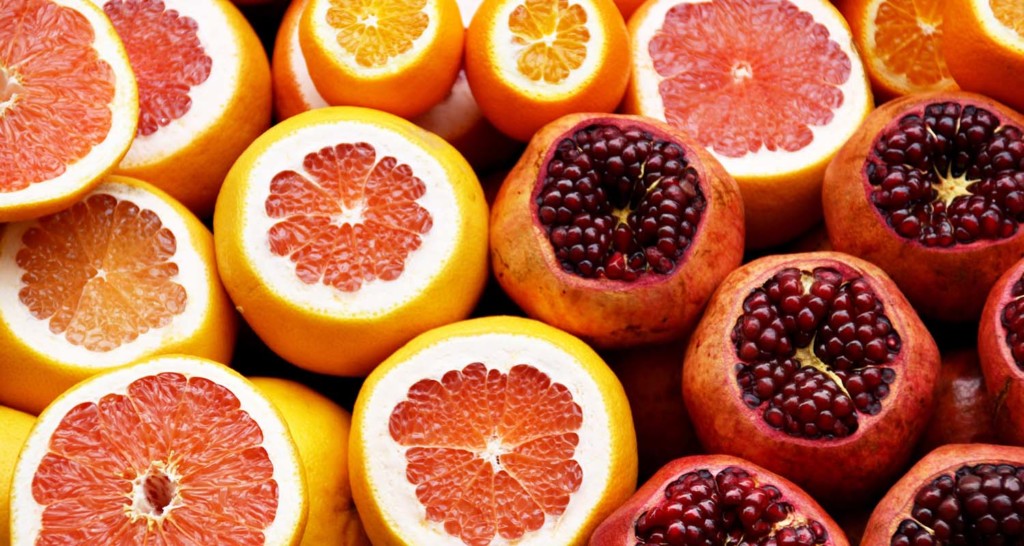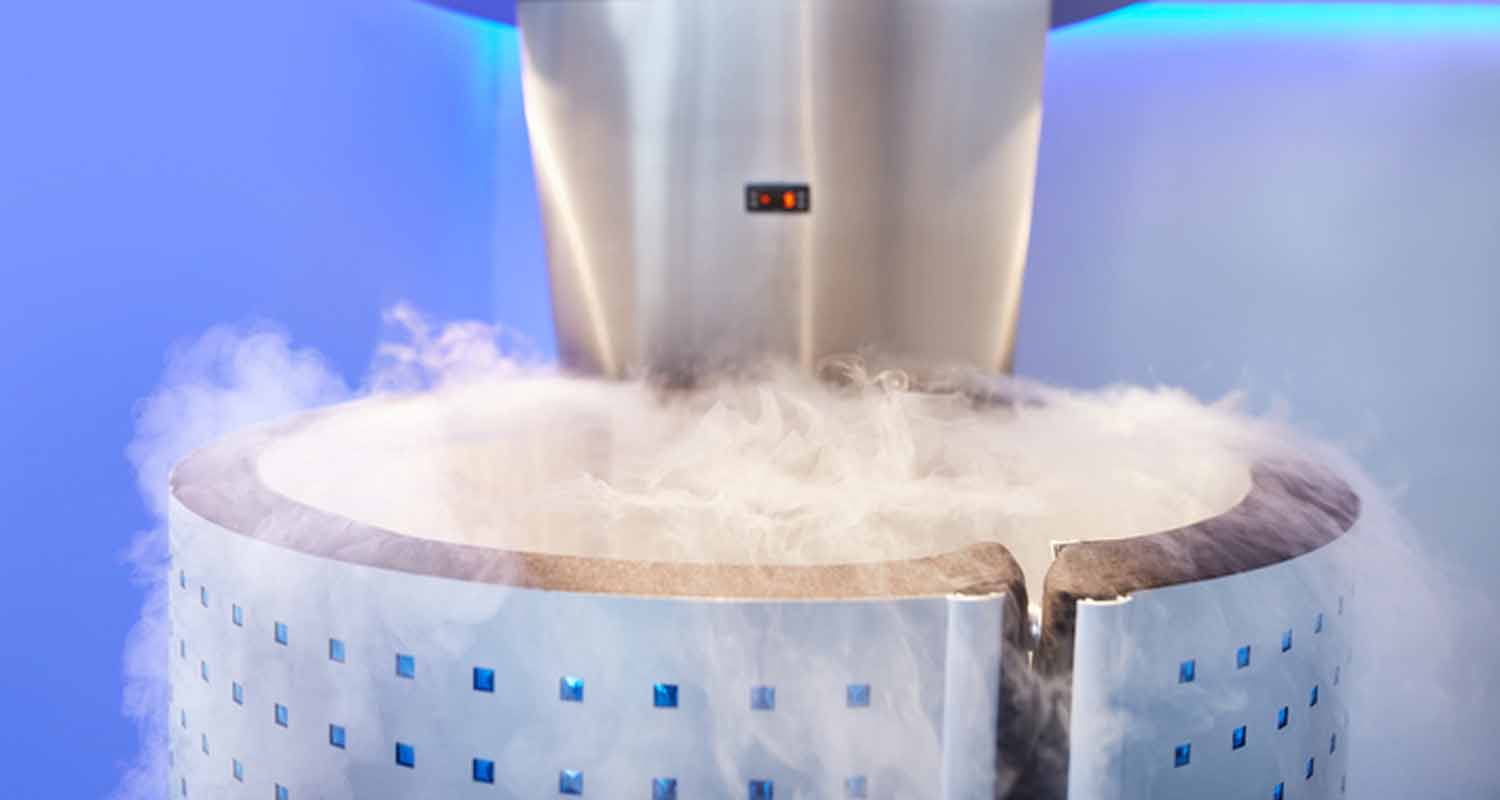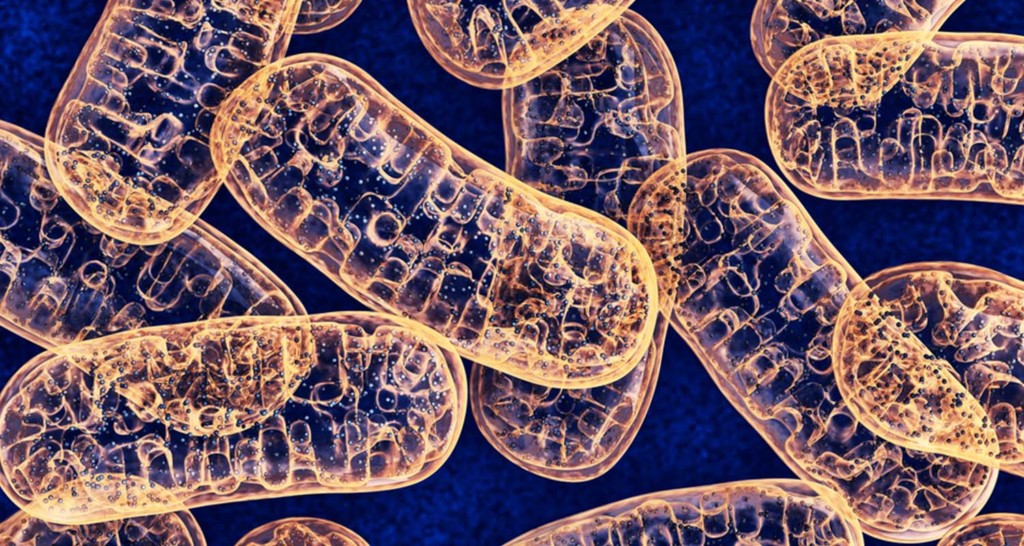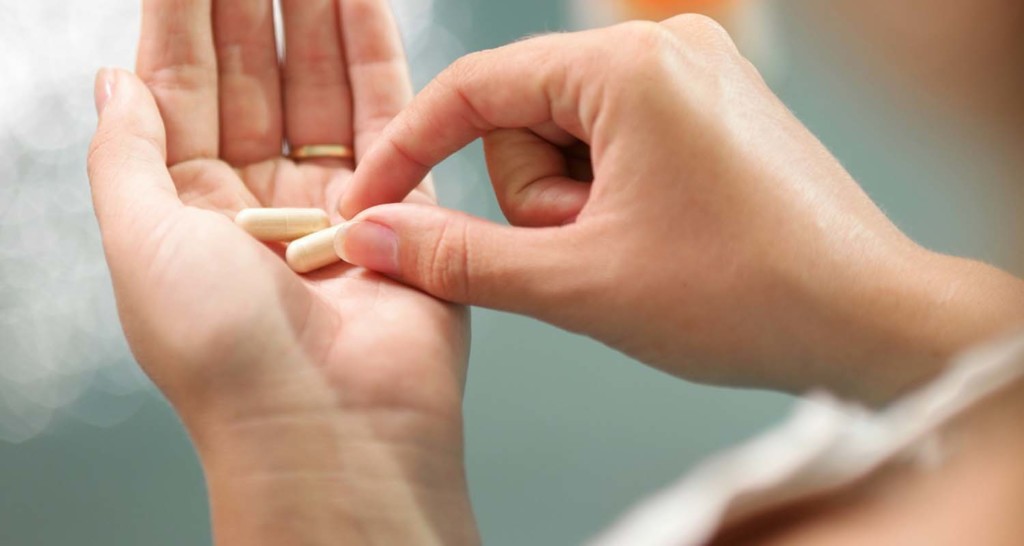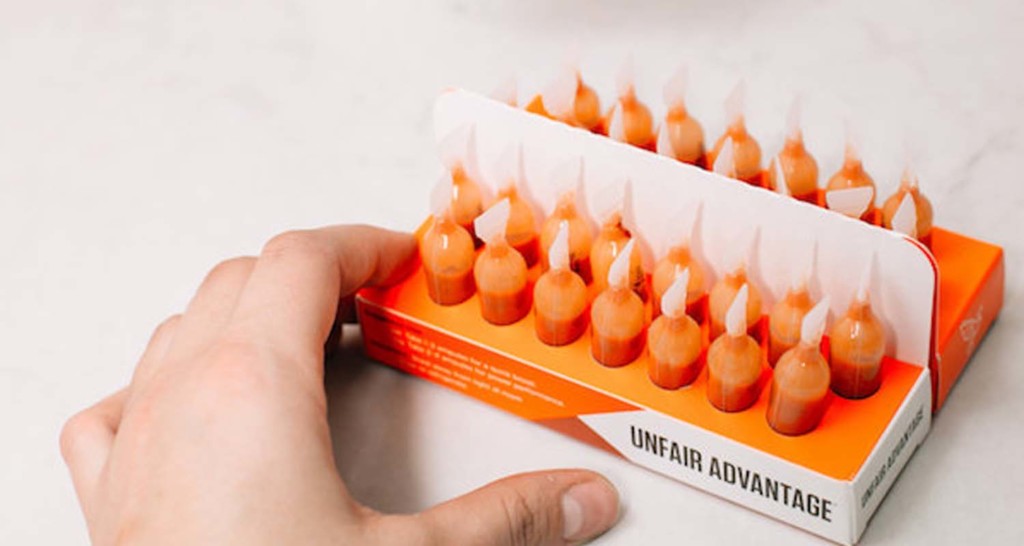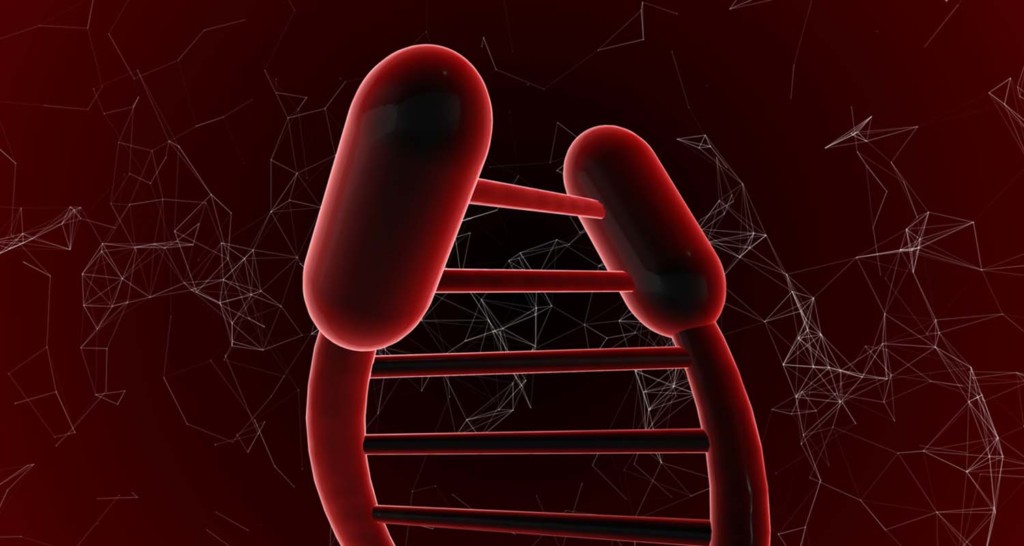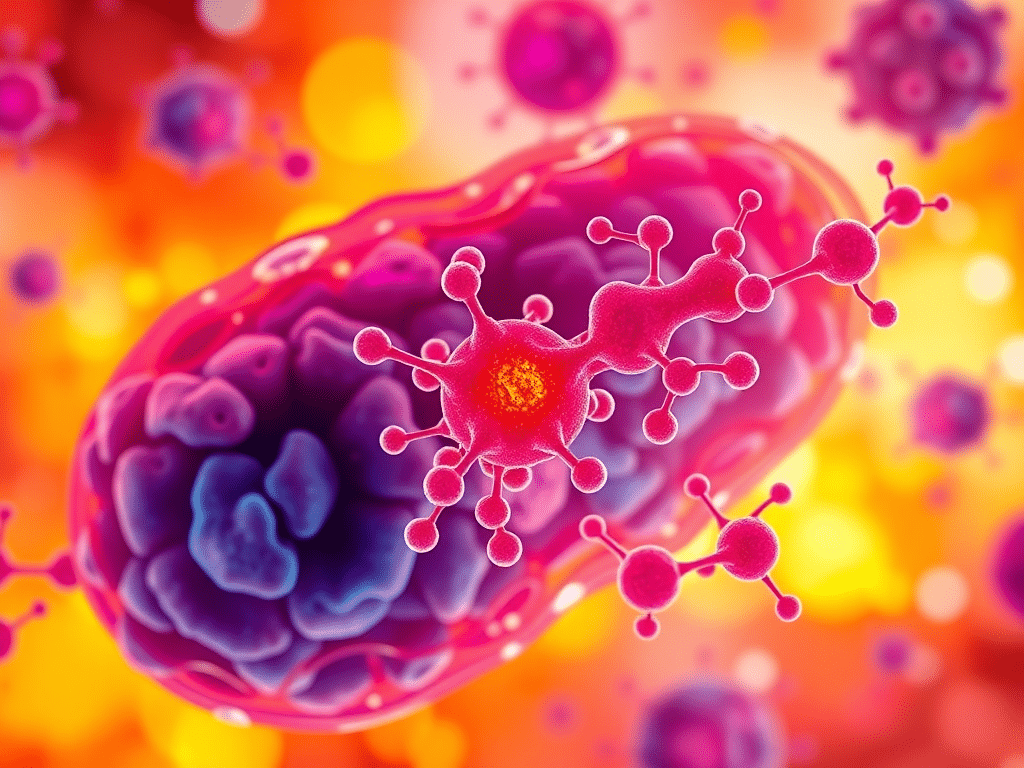
- You have more influence on your longevity than you think.
- Chances are, you expect aging to come with a declining body, brain blips, and wrinkles and sagging skin.
- The reality is, your habits and your environment have a lot of influence on how you’ll feel and look throughout your life.
- Read on for ways to keep your brain, body, and your appearance in top shape as you age.
When you think of aging, what comes to mind? Do you picture yourself crushing it like you are today, or do you imagine wheelchairs and medicine cabinets stuffed with pill bottles?
You might assume that you’re destined for the latter. But, it doesn’t have to be that way. You can be an active participant in your own aging process. While the average life expectancy for Americans is 78.7 years, your habits and your environment have a lot of influence on your longevity, and how you’ll do life in your later years.
Here are some things you can start right now to age not just gracefully, but powerfully.
You: Better at every decade. Order my new book, Super Human to start aging backward today.
How to keep your brain young: focus on energy
If you’re of a certain age and you mention to your doctor that you’re misplacing your car keys and forgetting why you entered a room, chances are, she’ll reassure you that it’s part of getting older. Fair enough, it’s common for older people to not be as sharp as they once were. But, you don’t have to accept that as the way it will be for you. You can grow your intelligence and extend your longevity at any age.
Your brain requires two main things to work well: energy, and protection. Everything else that goes wrong with the brain stems from shortcomings in these two areas.
How to maintain energy and stamina as you age
Your brain uses almost 20% of your energy, even though it accounts for only 2% of your body weight. Your brain cells are an electrical system, and you need sufficient power to keep the lights on and shining brightly. That’s why if you’re dieting, or if you have a condition that affects your body’s ability to get energy out of food, like mitochondrial disorders, you find that you’re not thinking clearly.
Your brain will use sugar and carbs for energy, but glucose gets stored away quickly so you have to keep eating to replenish the supply. That spells distraction throughout the course of the day.
The better way is to switch to burning fat for energy. You get more energy gram for gram from fat, and if you keep your glucose low, you encourage your liver to make ketones, which is the best kind of brain fuel. When both ketones and glucose are available, the brain will choose ketones for certain jobs.
How to protect your brain
When your cells use energy, they leave behind free radicals, the part of oxygen that it can’t use. Too many free radicals damage surrounding cells. That’s a big problem for the brain, since it burns through so much energy. You end up with a high concentration of free radicals in a vulnerable organ. Here are ways you can protect your brain from free radicals.
- Pile on the veggies. All vegetables, especially brightly colored ones, contain polyphenols that neutralize free radicals and prevent them from making a mess. The brighter, the better. Polyphenols also help you make more BDNF (Brain-derived neurotrophic factor), a protein that builds new brain cells.
- Supplement with antioxidants. Antioxidants sweep up harmful free radicals. You can take vitamin C and polyphenol supplements for an extra boost.
- Get your stress in check. Life stress translates to oxidative stress, which means more free radical damage. Incorporate a meditation practice and make necessary lifestyle changes to keep your moods as level as possible.
- Intermittent fasting. A brain cell’s daily work creates waste products that have to go. When your body goes a stretch of time without food, your cells get the signal that it’s time to clean house. A few times a week, give them the opportunity to take out the trash by allowing at least 12 hours (ideally up to 18) between dinner and your first meal the next day.
More ways to love your brain
If you have something specific you want to address, like focus or mental energy, you can experiment with nootropics — which are targeted supplements that boost brain function. Here’s how to get started.
Since your brain’s energy demand is so high, it’s a use-it-or-lose-it system. Keep your brain nimble and fit by visiting new places, getting out of your comfort zone, and incorporating logic games and brain-training exercises.
How to look younger: it’s all about the collagen
You’re not vain because you want to stay attractive as you age. Your looks have a lot to do with not only longevity, but how people perceive you. People see attractive people as:
- More persuasive
- More trustworthy
- More electable for public office
- Happier, more sociable, and more successful
Even if you don’t care what other people think, your skin is a reliable indicator of how everything is working below the surface. For example, if you don’t have a lot of wrinkles, it means your body is still good at making and maintaining collagen, which is crucial for every organ you have. If your skin is well-hydrated, there’s a good chance you’re maintaining a good mineral balance and the rate of your cells’ turnover is spot on.
Vitamin C, inside-out and outside-in
Vitamin C works in two ways to support your skin. First, it is a powerful antioxidant, so it protects your skin from damaging free radicals you’ll come across in your day-to-day. Too many free radicals break down collagen and elastin, making skin saggier and less apt to snap back into place. Second, you can’t make or repair collagen without it, so having enough vitamin C ensures that your body can assemble peptides into collagen when it’s time to make more.
You can get skin benefits from vitamin C by eating vitamin C-rich foods, taking a vitamin C supplement, and applying vitamin C serum topically. Vitamin C serums are notoriously unstable, so look for formulas containing vitamin E and ferulic acid to keep it potent.
Copper peptide creams
GHK-Cu is a peptide (a chain of amino acids) that reduces inflammation, enhances brain function, and prevents oxidative stress. Your body makes its own GHK-Cu, but you make less and less with age.
GHK-Cu can keep your skin stretchy and bouncy because it stimulates collagen production. To take years off of your skin and increase its longevity, look for topical creams that are 2% GHK-Cu or higher (the label may indicate copper peptides — it’s the same thing).
Cryotherapy to increase collagen
Brief cold exposure, or cryotherapy, increases collagen production and blocks enzymes and hormones that destroy the collagen you have.
Cryotherapy also boosts your body’s own detox and defense systems, which keep your skin from having to pick up the slack when there are toxins to get rid of. Steep temperature drops increase your production of the antioxidants glutathione and superoxide dismutase, which help support your liver and immune system. That will help the gunk leave through the digestive exits and not through your pores, where it shows.
If you don’t live near a cryochamber, give yourself a five-minute cold blast in the shower. For a DIY cryo-facial, do a few quick face dunks in ice water. The below-freezing temperatures of the a cryochamber will produce more drastic results, but you will benefit from a brief cold blast that you do in your bathroom.
Microneedling or dermarolling for younger-looking skin
Microneedling essentially inflicts tiny injuries all over your face (that sounds bad — it’s not). As a result, growth factors flood to the skin’s surface for some repair action, which includes collagen production. After a few times, you’ll notice smoother rough spots, improved acne scarring, reduced wrinkles, and generally thicker skin. You can get an inexpensive roller for home use or visit a professional who has extra tricks up their sleeves.
Typically, you’ll follow microneedling with a vitamin C serum or plant stem cell serum, although there is no evidence that following with plant stem cells does anything more than microneedling alone.
For advanced anti-aging action, your dermatologist can isolate beneficial cells from your blood and infuse your skin with them. If you’re super advanced and you have a few grand to put toward the cause, you can hit up a stem cell clinic to follow dermarolling with a stem cell treatment for your face.
Charge up your cells to reverse decline, feel younger, and increase your life expectancy
Mitochondria are a direct link to longevity
Mitochondria are the parts of your cells that make energy, determine how you feel, what you want, and how you think right now. Well-fueled, plentiful mitochondria keep you energized and happy, while mitochondria that don’t have what they need distract you, make you feel hungry, and keep you looking for something to satisfy what you’re missing instead of doing the things you need to do.
The key to strong cells and the energy for daily life is having lots of strong mitochondria. Preserving the mitochondria you have, and signaling your cells to make more of them, may lengthen your lifespan. Researchers can link mitochondrial dysfunction with nearly every age-related disease, including Alzheimer’s and cardiovascular disease. Symptoms of weakening mitochondria link directly with the things we associate with aging, like fatigue, body fat, and declining cognitive ability.
Your mitochondria are in charge, but the things you do for your body makes them serve you better. Here are ways to support your mitochondria.
- Get good sleep. Crummy sleep makes your mitochondria weak. Here’s how to hack your sleep to keep them strong.
- Keep inflammation down. Mitochondria are vulnerable to inflammation, so avoid it where you can. Here are some herbs you can use in cooking to take care of inflammation you may not even realize you have.
- Move. Exercise, especially high-intensity interval training (HIIT), prompts your muscles to make more mitochondria.
- Get into ketosis. Ketones as fuel make mitochondria happy. If you give them what they want, they’ll give you what you need. Here’s how to do high fat, low carb correctly to get into the fat-burning, ketone- generating state as quickly as possible.
NAD+
Nicotinamide adenine dinucleotide, or NAD, is a coenzyme (a compound that certain enzymes need to work) in every cell in your body. It helps shuffle electrons around for the basic reactions that keep you alive.
Your NAD+ levels drop as you get older. Part of age-related decline is failing cells, and since your cells can’t function without NAD, not having enough will age you faster.
Good news is, you can do something about it. Here are some ways to boost NAD+ levels.
- Take NAD+ supplements. NAD+ comes in capsules and is easy to find.
- Practice intermittent fasting. Restricting your eating increases NAD+ levels. since you read that intermittent fasting helps your brain, too, it’s like a two-for-one deal.
- Take oxaloacetate. Oxaloacetate converts to malate, which raises your NAD+ to NADH ratio, which in turn makes more NAD+ available for your cells to use.
PQQ
There is a lot of research supporting PQQ’s potential as a mitochondria enhancer. Studies show PQQ increases the number of mitochondria you have, reduces inflammation, and prevents free radical damage, all of which slow down the aging process in the body and brain.
Unfair Advantage is a highly bioavailable form of PQQ and also contains CoQ10, which helps you absorb it.
Preserve and grow your telomeres for longevity
Scientists compare telomeres to the plastic tips of shoelaces that keep them from fraying. They are essentially caps at the ends of chromosomes that keep DNA strands from unraveling. Research has linked telomere length with life expectancy.
Telomeres naturally wear down with age and cellular stress. Short telomeres are a common thread with weakened immune system, chronic and disease, and advanced aging.
With a little care, telomeres can grow back. Here’s how to keep them long and even grow them longer as you age.
- Meditate. One study showed that women who meditated had longer telomeres than women who didn’t. Another study linked the stress-reducing properties of meditation to its potential to preserve them. No need to make a big production of it. Even box breathing when you’re feeling stressed will give you a benefit.
- Watch for environmental toxins. The toxic compounds themselves and the cellular stress they cause can be detrimental to telomeres.
- Exercise. Exercise reduces oxidative stress and boosts proteins that help keep telomeres strong.
- Clean up your diet. High-quality foods that are low in toxins and high in restorative nutrients are the most consistent thing you can do for your telomeres. Here’s how to get started.
Aging is part genetics
Some people are genetically wired to live longer.
James Clement, lawyer turned anti-aging scientist, is president and director of Betterhumans, a research organization that aims to extend your lifespan, end disease, and improve brain function. One of the research project the organization runs is the Supercentenarian Research Study, which studies the genes of people who are over 105 years old.
On an episode of The Human Upgrade (iTunes), Clement talks about finding common threads in the gene sequences of supercentenarians, and how they can use that information to not only extend the human lifespan, but also to extend the healthspan — the years of healthy, independent functioning.
“There’s going to be a lot more that we have to do and that’s going to be where more radical therapies, which include nutraceuticals, pharmaceuticals, lifestyle changes, and also genome editing will all be necessary to get us far beyond the 100 threshold,” he explains.
There are certain parts of aging that come with the territory. Some, you have to accept. For example, one day you’ll hit the age where you’ll start getting AARP mailers. You do have influence over other aspects of aging, like how you look, and how you feel, how you think, how you move. Self-care goes a long way on the path to longevity.
